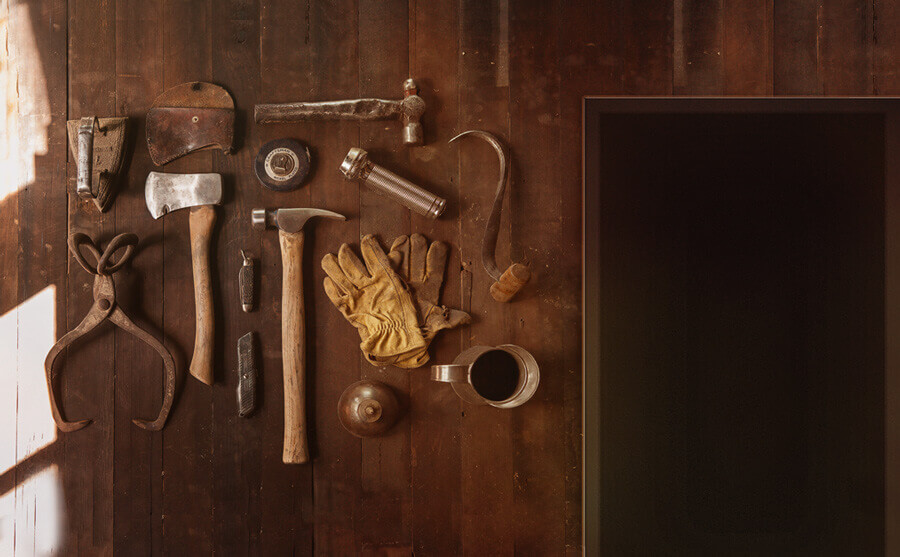There’s a great adage whose origins are lost in the annals of time, but which is nevertheless as valid today as it was in the days of the Pharaohs: “Just because you can, it doesn’t mean you should”.
Sure, building stuff yourself can be a great and fun way to learn. As a techie myself, I know it’s tempting to try to build custom solutions for all of our tech-related needs — from home automation projects to retrofitting your old electronic gadgets with new capabilities.
But unless you’re doing it as a hobby, have lots of patience AND free time to spare, I’d advise against going for a DIY digital signage system. Especially if you want it for professional use.
And I’m not just saying this because I’m selling a great, turn-key, digital signage system. I say it as a tinkerer myself, who often opts for off-the-shelf solutions instead of building my own — and also as someone who knows how tricky it is to design and build a professional caliber digital signage platform because that’s exactly what I do for a living.
So, without further adieu, here are 5 reasons why you’d probably be better off with a ready-made solution.
1) Opportunity Cost
How much are you paid per hour? Take that number and multiply it by the 30+ hours that you’ll need to work on your custom digital signage solution. Unless you make like $1 or so, you’re not really saving money but building your own digital signage, but rather throwing them away.
And not just in man-hours that could be spent doing something that would actually make you money, but also in plain old money. If you factor in the cost of the hardware and all the tools you need, you’re already quite close to the full price for a 1-year Yodeck subscription.
This, in economics, is called “opportunity cost”. It’s about what you lose by spending time and effort doing one thing over another that would be more lucrative (or more valuable to you, in whatever sense).
2) You’ll miss a lot of edge cases
Sure, you’ve tested your solution under some conditions. But have you tested it against all possible conditions?
What happens when it breaks, and the only way to fix it is to get on-site? In fact, can your solution even be managed remotely in the first place, or does it always require an on-site trip for every configuration change?
A professional product like Yodeck, on the other hand, has been used and tested in all kinds of environments. And if there’s anything we haven’t thought of, or that only happens in very rare cases, one of our thousands of customers will sooner or later discover it, and we’ll fix it for everybody.
3) You’ll cut corners and end up with fewer features
Yodeck has been designed to cater to lots of different digital signage use cases. Your DIY project, on the other hand, will probably only cover the bare minimum — after all we’ve been building it for years, with a dedicated team of full-time developers, and you’re just a person hacking away in their spare time.
The truth is, your end result will be missing a lot of features that would be great to have at your disposal. And we’re talking useful features, not bloat.
For example, if you need to deploy digital signage to multiple locations, your custom scripts will need network configuration for contacting your Raspberry player directly from your server and pushing stuff into it. These can be a pain to write, test and troubleshoot, but come built-in with Yodeck.
Or perhaps your DIY solution will only support fullscreen content, few (or none) apps like tickers and overlays, and have no automatic upgrade mechanism or a very simple one. Contrast this with Yodeck, where you can easily (and remotely) upgrade the re-image of the whole system if you need to.
Last, but not least, remember that security is a feature too. A feature whose lack can cause nightmares. Imagine someone overriding your custom scripts and pushing obscene content on your screens (or, worse, on your customers’ screens).
4) You’ll have less polish
Unless on top of being a techie, you are also a UX expert AND a graphic designer, your DIY interface will probably be crude and the user experience lacking.
Even if you support remote updates, you’ll probably only support uploading content with FTP servers or basic-looking web pages that only allow inflexible and restricted content management.
Which might still be acceptable if you just use the system yourself, but it won’t look very professional if you install it for customers.
5) Scalability
Again, a DIY digital signage project can be just fine for simple needs. But what if those needs grow?
Would a solution that worked acceptably in your lab for 5 Pi’s work equally well when your customer needs 50 screens? Or 500? And what if your customer needs them set up “yesterday”?
With Yodeck it’s as simple as adding more screens to your account. It has been built for scale, and it already handles thousands of customers and TBs of video content, with aplomb.
Conclusion
DIY projects can be fun, as well as a great learning experience. But when your business is on the line, or you have customers depending on you, you want mature, dependable tools, not something built as a “learning experience”.
Deploying a ready-made, turn-key solution for digital signage like Yodeck, frees you to pursue other DIY projects — preferably ones that won’t have customers coming after you with pitchforks if they go down.
